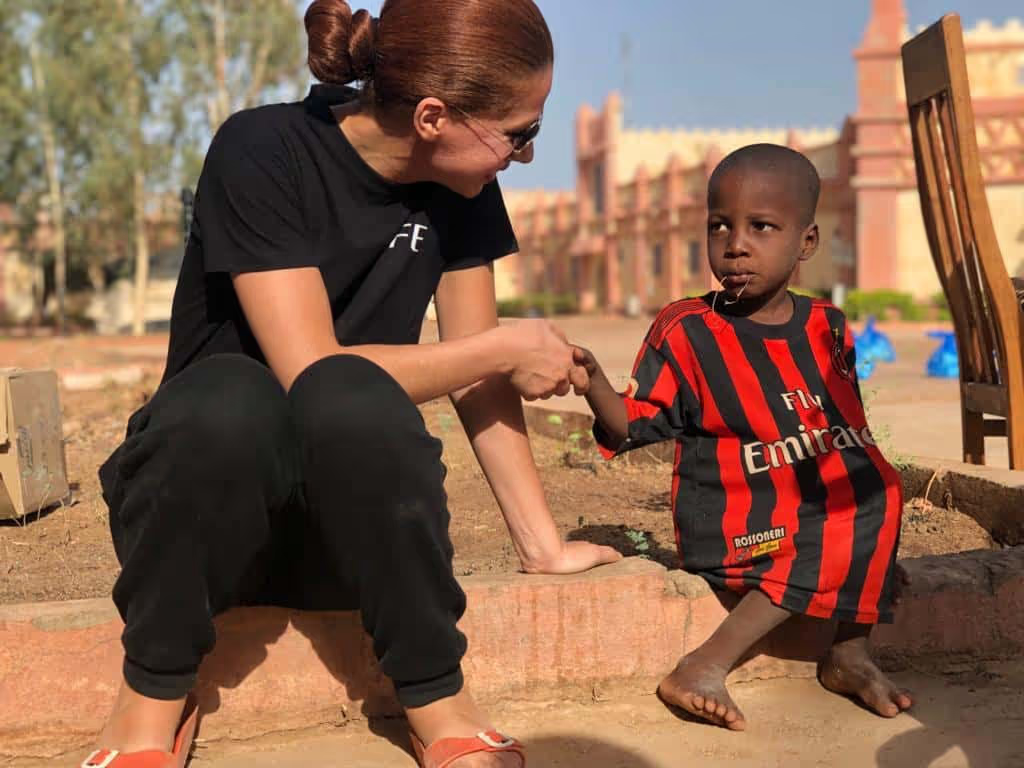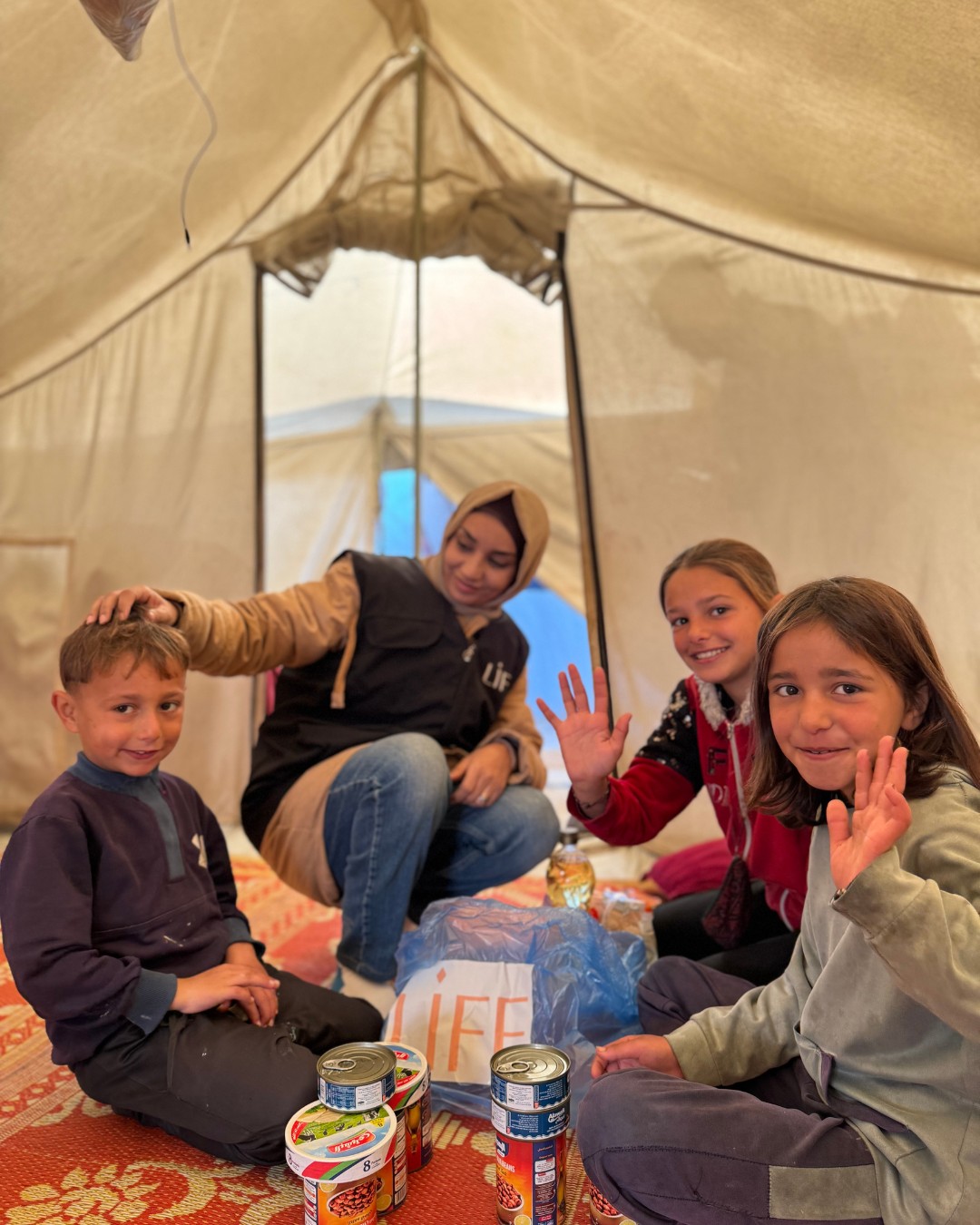Overcoming digital exclusion in developing countries
.avif)
Digitalization is revolutionizing our lives. But that's not the case for everyone! 2.7 billion people remain disconnected, mostly in developing countries. This digital exclusion maintains inequalities. Far from being an insurmountable obstacle, it represents a great opportunity for change. By fulfilling it, we have the potential to transform individual lives, energize entire communities, and drive economic growth on an unprecedented scale. It is time for action.
Digital exclusion: what is it?
Digital exclusion can be defined as the unequal access to information and communication technologies (ICTs), as well as the inability to use these technologies effectively. It results in several realities: no access to the Internet, lack of equipment such as smartphones or computers, or even insufficient digital skills to use these technologies productively.
In developing countries, this exclusion is particularly pronounced. In 2023, only 37% of the African population, for example, used the Internet.. This digital divide is amplified by several factors such as limited infrastructure, poverty, gender inequalities, and political instability. Moreover, beyond access to the Internet, there is also a divide in terms of connection quality: even when populations are connected, the speed and reliability of the connection are often insufficient for essential uses such as online education or teleworking.
Did you know that? 33% of the world's inhabitants are not connected in 2023.
The consequences of digital exclusion
The impact on education
Access to the Internet makes it possible to democratize knowledge by providing students, even in the most remote regions, with a vast quantity of educational resources. They can take online courses, consult digital libraries, and participate in discussion forums, broadening their horizons and improving their skills. In addition, access to the Internet facilitates international collaboration between students and teachers, encouraging the exchange of innovative ideas and practices. It contributes to reducing inequalities by offering disadvantaged people a quality education opportunity, thus promoting the overall development of communities.
For example, we saw that during the pandemic, distance learning became a necessity for millions of children. In developing countries, this episode revealed the extent of the digital divide. Only a third of children in the world were able to access distance education during the closure of schools in 2020. In East, West, Southern and Central Africa, 49% of students have been deprived of it. In North Africa and the Middle East, 40%! Children from the poorest households and in rural areas have been the most affected.
The inability to access digital platforms is compromising the future of too many children. Education is one of the most powerful levers for breaking the cycle of poverty, and the lack of Internet access prevents many people from taking advantage of this opportunity.

An obstacle to economic development
According to a World Bank report, a 10% increase in broadband access could increase the GDP of developing countries by an average of 0.5% to 1.5%. However, in many parts of the world, access to the Internet is still a luxury. Small businesses, which represent the backbone of local economies, cannot reach their full potential without access to online markets and digital technologies.
The lack of digital inclusion is also hampering job opportunities. In India, for example, where 70% of the population lives in rural areas, limited access to digital skills prevents many workers from taking advantage of the jobs offered by a booming digital economy.
Significant impacts on gender equality
Women in developing countries are particularly affected by digital exclusion. In 2023, 90% of adolescent girls and young women in low-income countries do not have access to the Internet according to UNICEF. Boys of the same age are twice as old. And even when access to the Internet is possible, they lack digital skills. These include sexist norms and stereotypes, concerns about online safety, etc.
This digital inequality accentuates gender income gaps and limits women's access to economic and educational opportunities.

What can we do to reduce digital exclusion?
Investing in infrastructure
The first step in bridging the digital divide is to invest in telecommunications infrastructure. This includes expanding mobile networks and providing reasonably priced, high-quality Internet access. In Africa, for example, programs like the Affordable Internet Alliance (A4AI) aim to reduce the costs of accessing the Internet for low-income populations.
Did you know that? Africa is connected to the Internet mainly through submarine cables. Their fragility makes them vulnerable to damage caused by ship anchors, underwater landslides, and seismic activity. When one or more cables are damaged, it can lead to massive Internet shutdowns in several countries on the continent.. Some alternative solutions, such as satellite Internet, are proposed to strengthen digital resilience in Africa. For example, Elon Musk's Starlink project aims to provide high-speed access via satellites, especially in remote areas. However, this service is expensive and is not yet available everywhere.
Promoting access to digital tools
Having an Internet connection is not enough if individuals don't have access to the devices they need to use it. Governments, NGOs, and private businesses need to collaborate to make smartphones, tablets, and computers affordable for the most vulnerable populations.
Strengthening digital skills
Access to technology must be accompanied by the strengthening of digital skills. This involves training programs that teach people how to use these tools effectively for education, work, and communication.
Initiatives like TechLit Africa are role models to follow. Founded by Nelly Cheboi, the NGO recycles unused corporate computers to send them to rural schools in Kenya. It also offers computer training to many children aged 5 to 14.
Our NGO LIFE also provides the opportunity to develop the digital skills of young and old. In Lebanon, for example, in Beirut, a 6-month digital marketing training course and corporate internships are offered to a hundred of them aged 18 to 35. In collaboration with the Amel association, we enable them to improve their employability.

Digital exclusion in developing countries is a major challenge, but it is also a huge opportunity. By working together to improve access to digital technologies, we can transform lives, economies, and entire societies. The path to digital inclusion is complex, but with smart investments and targeted policies, a future where everyone has a place in the digital economy is within reach.
Together, let's contribute to bringing hope to communities in need.



.avif)





